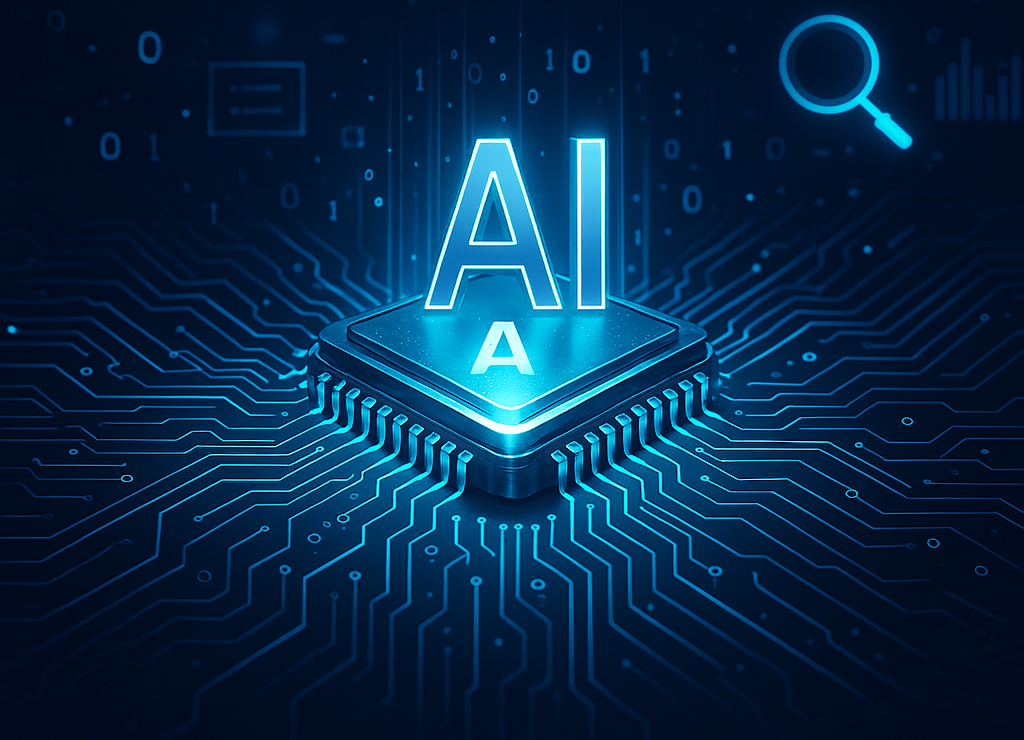For decades, Search Engine Optimization (SEO) has been the cornerstone of digital visibility. But in 2025, the rules are changing. Engineers, procurement teams, and decision-makers in the semiconductor industry are no longer relying solely on Google. Instead, they’re turning to AI-powered engines like ChatGPT, Perplexity, and Gemini to get instant, summarized answers.
This shift has given rise to two new disciplines:
- Answer Engine Optimization (AEO)
- Generative Engine Optimization (GEO)
If your content isn’t optimized for these engines, it’s effectively invisible.
What Are AEO and GEO?
🔍 AEO: Answer Engine Optimization
AEO focuses on making your content easily digestible and retrievable by AI-powered answer engines like Google’s AI Overviews or Perplexity. These engines aim to answer questions directly, often without users clicking through to your site.
Key AEO strategies include:
- Structuring content with FAQs
- Using schema markup and structured data
- Writing concise, authoritative answers to common queries
🤖 GEO: Generative Engine Optimization
GEO is about optimizing content for generative AI models like ChatGPT, Claude, and Gemini. These tools synthesize information from multiple sources to generate human-like responses.
GEO strategies include:
- Ensuring your content is AI-crawlable
- Using entity-based optimization (not just keywords)
- Creating LLM-friendly formats like bullet points, summaries, and citations
Why This Matters for Semiconductor Marketers
In the semiconductor space, buyers and engineers are highly technical and time-constrained. They’re asking AI tools questions like:
- “What’s the best low-power MCU for IoT?”
- “Compare STM32 vs. ESP32 for industrial automation.”
- “Which vendors offer ISO 26262-compliant SoCs?”
If your datasheets, whitepapers, or product pages aren’t structured to be cited or summarized by AI, you’re missing out on high-intent visibility.
Traditional SEO vs AEO/GEO: A Quick Comparison
| Feature | SEO | AEO | GEO |
|---|---|---|---|
| Focus | Search rankings | Direct answers | AI-generated content |
| Format | Long-form, keyword-rich | Structured, concise | Entity-rich, LLM-friendly |
| Tools | Google, Bing | Perplexity, AI Overviews | ChatGPT, Claude |
| Goal | Click-throughs | Featured snippets | AI citations |
How AI Engines Choose What to Mention
AI engines don’t just “guess” what to include. They rely on:
- Structured data (e.g., schema.org)
- Clear entity relationships (e.g., brand, product, spec)
- Authoritativeness (e.g., backlinks, citations)
- Clarity and format (e.g., bullet points, summaries)
If your content is buried in PDFs or lacks semantic structure, it’s unlikely to be surfaced.
How to Make Your Content “Mention-Worthy”
1. Structure for AI, Not Just Humans
- Use H2/H3 headers to break down topics
- Add FAQs at the end of product pages
- Include summary boxes with key specs or takeaways
2. Use Schema Markup
- Implement FAQPage, Product, and HowTo schemas
- Use tools like Schema.org or Google’s Structured Data Markup Helper
3. Optimize for Entities, Not Just Keywords
- Mention specific products, standards (e.g., ISO 26262), and applications
- Link to relevant internal and external sources
4. Create AI-Friendly Formats
- Use bullet points, tables, and concise summaries
- Avoid jargon-heavy paragraphs without context
Real-World Example: AEO in Action
Let’s say you have a product page for a low-power MCU. Here’s how it might look:
Before (SEO-focused):
“Our MCU is ideal for IoT applications. It features a 32-bit ARM Cortex-M4 core, ultra-low power consumption, and integrated security.”
After (AEO/GEO-optimized):
Product: XYZ123 Low-Power MCU
Core: 32-bit ARM Cortex-M4
Power Consumption: 1.2 µA in sleep mode
Applications: IoT sensors, wearables, smart meters
Certifications: ISO 26262, IEC 61508FAQ:
Q: Is XYZ123 suitable for battery-powered devices?
A: Yes, it consumes only 1.2 µA in sleep mode, making it ideal for long-life battery applications.
This format is easily parsed by AI and more likely to be cited in a generative response.
Tools to Help You Get Started
- Perplexity.ai: See how your content is cited in AI answers
- ChatGPT (with browsing): Test how your pages are summarized
- Google Search Console: Monitor structured data errors
- Surfer SEO / Clearscope: Optimize for semantic relevance
Challenges and Considerations
- AI hallucinations: Even well-structured content can be misrepresented
- Attribution gaps: Not all AI engines cite sources transparently
- Content overload: Creating AI-optimized content at scale requires planning
The Future: AI Mentions as the New Backlinks?
In traditional SEO, backlinks were the gold standard of authority. In the AI era, mentions in AI-generated answers may become the new currency of trust.
Imagine a future where:
- Your product is cited in a ChatGPT response
- Your whitepaper is summarized in Perplexity
- Your brand is recommended by Gemini for a specific use case
That’s the power of AEO and GEO.
Final Thoughts: Adapt or Be Invisible
SEO isn’t dead—but it’s evolving fast. For semiconductor marketers, this is both a challenge and an opportunity.
By embracing AEO and GEO, you can:
- Stay visible in AI-driven discovery
- Build trust with technical audiences
- Future-proof your content strategy
The time to adapt is now!




